An Giang is one of the leading provinces in the country in terms of rice production area and output. Through restructuring, rice production area has been expanded, output has increased, and the locality has also promoted the improvement of rice grain quality, established brands and formed linkage chains, thereby further affirming the An Giang rice brand.
Vietnamese farmers grow Japanese rice
In the fields of Hoi An commune, Mr. Nguyen Thanh Dong no longer sows thickly like before. Instead, he uses a thin seeding machine, calculating each kilogram of fertilizer and each time he puts water into the field. These are not easy changes for a long-time farmer, but Mr. Dong accepts it, because he is cultivating Japanese Hana rice according to export standards to Japan.
Farmers of My Thuan commune participate in the project of transforming the rice value chain to respond to climate change.
Participating in the project of transforming the rice value chain to respond to climate change (TRVC) implemented by Angimex Kitoku Company Limited, Mr. Dong was instructed to implement "3 reductions": Reduce seeds by 40%, reduce fertilizer by 34%, reduce water by 13%. Rice still achieved a yield of 6 tons/ha, profit of 30 - 35 million VND/ha, cost reduced by 5 million VND/ha. Thanks to signing a contract from the beginning of the season, the price was stable at 9,600 - 9,800 VND/kg, and there was an additional bonus if the criteria for reducing emissions were met.
“In the past, our farmers only focused on productivity, few thought about emissions or export standards. Now, growing Japanese rice has to be different, it has to be calculated carefully, cleaned, and made more sustainably. At first, I was confused, but then I saw the benefits both economically and environmentally. Last season, I was rewarded with more than 1 million VND for growing rice to reduce carbon emissions,” Mr. Dong said.
Mr. Nguyen Minh Canh, residing in Tram Duong hamlet (My Thuan commune) participates in Japanese rice production to reduce emissions.
In fact, in just the first crop participating in TRVC, an area of 361 hectares of 49 farming households in An Giang reduced 1,747 tons of carbon. These figures show that by daring to change their practices, farmers not only maintain their rice cultivation but also bring Vietnamese rice far enough to enter demanding markets like Japan.
Mr. Dong's story is a microcosm of change. The whole province currently has more than 1.3 million hectares of rice land, with a total output of 8.8 million tons/year, accounting for nearly 1/5 of the country's output. The bright spot is that more than 80% of the area has been brought by farmers to participate in production and consumption linkage models, with the participation of businesses such as Loc Troi Group, Tan Long, Trung An. The province's high-quality rice accounts for 83% of the total output, an increase of 12.66% compared to the period 2021 - 2025.
With less of a “good harvest, low price” situation, many farmers in An Giang are now confident in cultivating ST24, ST25, Jasmine, OM5451 varieties, which meet VietGAP and GlobalGAP standards. Fragrant rice grains from the Long Xuyen quadrangle are now available in many demanding markets such as the EU, the US, and Japan.
Cooperatives, the core in the chain
The province currently has 690 agricultural cooperatives, with a total charter capital of VND660,606.7 billion and 43,574 members. Among the effectively operating cooperatives, Bau Tram Agricultural Cooperative in Tay Yen commune is typical.
From the wild land in 1954, Mr. Ngo Chi Quang (79 years old), a veteran resident of Bau Tram hamlet, has witnessed many ups and downs in this coastal land. In the beginning, his father and the people cleared the wild forest and built the hamlet. Two rice crops were the main livelihood for many decades. However, the 2016 drought and salinity opened a new path, and the people boldly switched to the shrimp-rice model, catching up with agricultural restructuring.
The spacious house and the red dirt road in front of Mr. Quang’s house are now paved with asphalt and are 5.5 meters wide, as evidence of the change. Mr. Quang said: “Thanks to the correct policies of the Party and the State, the people of this land have prospered since the day they switched from rice monoculture to shrimp-rice.”
Bau Tram Agricultural Cooperative harvests rice on shrimp farming land.
Not only stopping at conversion, Mr. Quang also participated in Bau Tram Agricultural Cooperative, which helps farmers access capital, technology, invest in electric pumping stations, salt-prevention sluices, and transfer organic rice processes. Thanks to that foundation, the cooperative has signed a stable purchase contract with Minh Sang Company Limited for 300 hectares of ST24 and ST25 rice. Rice is purchased at a price 500 - 1,000 VND/kg higher than the market price, helping cooperative members feel secure in production.
Now, in Bau Tram Agricultural Cooperative, there are no more poor households, Tay Yen rice brand has gradually affirmed its position, becoming a sweet fruit from the agricultural restructuring journey in Bau Tram land. This change not only increases income but also changes the production mindset of farmers. From small-scale, fragmented production, farmers have linked up to form large raw material areas, capable of signing official export contracts.
Director of the Department of Agriculture and Environment of An Giang province, Le Huu Toan, said: “The rice cultivation area of the whole province reaches over 1.3 million hectares/year, with a stable output of over 8.8 million tons. The new point is that the locality has strongly shifted from mass rice production to high-quality rice, fragrant rice, and specialty rice. This is the key to increasing the value of rice grains and building the An Giang rice brand in the global value chain.”
National rice brand
Not only stopping at production, the province has attracted many businesses to invest in processing factories, drying warehouses, and logistics systems right in the raw material area. Loc Troi Group has built a closed chain from research on varieties, materials, techniques, to purchasing, processing, and exporting. Thanks to that, An Giang rice has achieved many international certifications, expanding the EU market under the EVFTA Agreement. Farmers also benefit directly.
According to statistics, the average profit from rice cultivation in An Giang is 20-25 million VND/ha/crop, higher than before. Large fields are now not just a slogan, but a reality of getting rich.
With an output of about 8.8 million tons of rice/year, An Giang is the rice granary of the country.
Director of the Department of Agriculture and Environment of An Giang province Le Huu Toan emphasized: “In order for rice to continue to play a key role, the locality will continue to replicate the linkage model, encourage production according to sustainable standards and invest heavily in processing. The goal is to turn An Giang into a center of high-quality rice, not only meeting domestic demand but also reaching out to the world.”
From the heavy rice grains in the fields of the Long Xuyen quadrangle to the fragrant rice bags exported in the U Minh Thuong region, the agricultural restructuring journey of An Giang has fundamentally changed the thinking and working methods of farmers. Rice, a symbol of the Mekong Delta, now has a new mission not only to feed, but also to enrich and create a brand for An Giang, the land known as the rice granary of the whole country.
Article and photos: DANG LINH
Source: https://baoangiang.com.vn/nong-nghiep-an-giang-chuyen-minh-bai-1-hanh-trinh-tu-vua-lua-den-khang-dinh-thuong-hieu-lua-gao-a462750.html


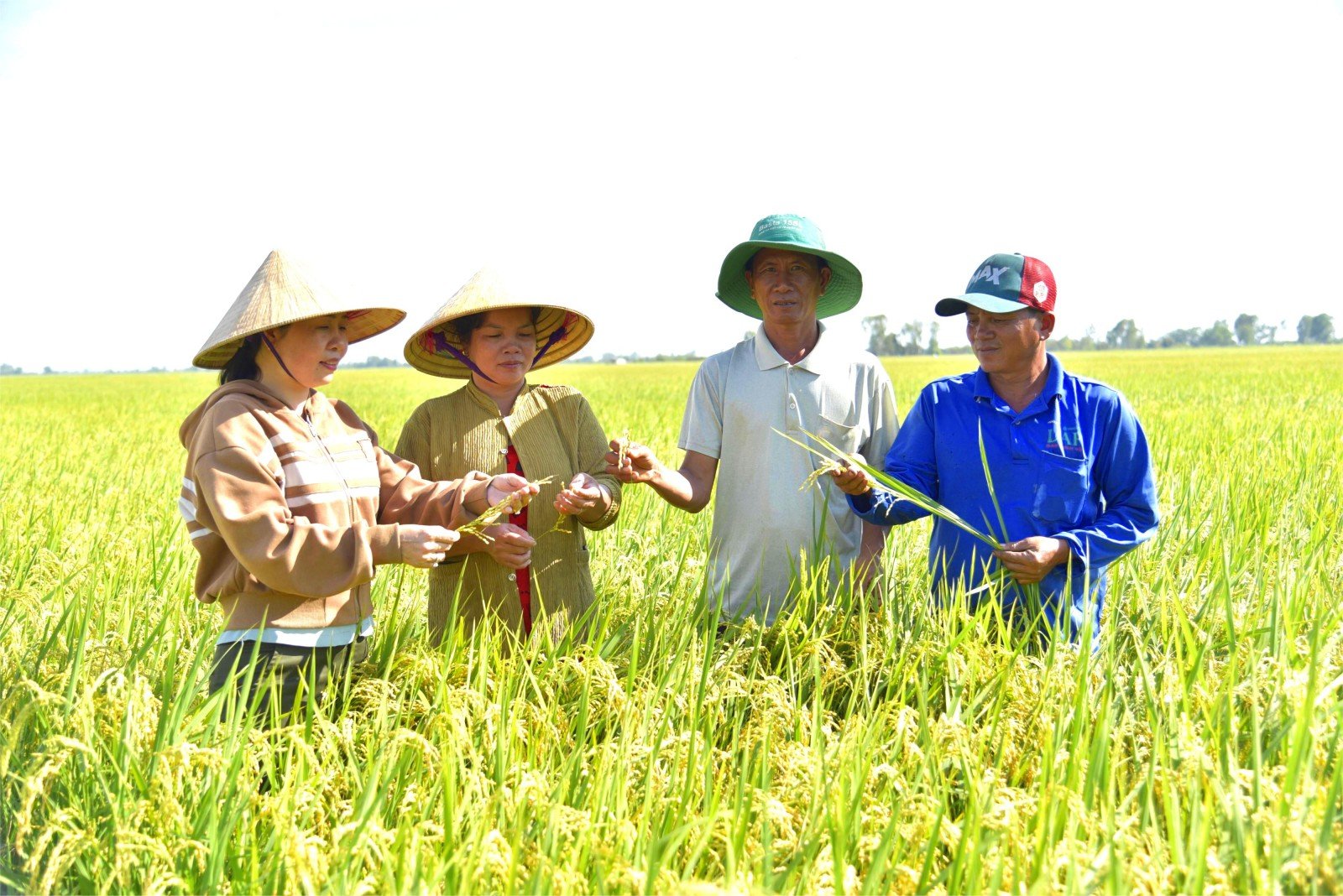
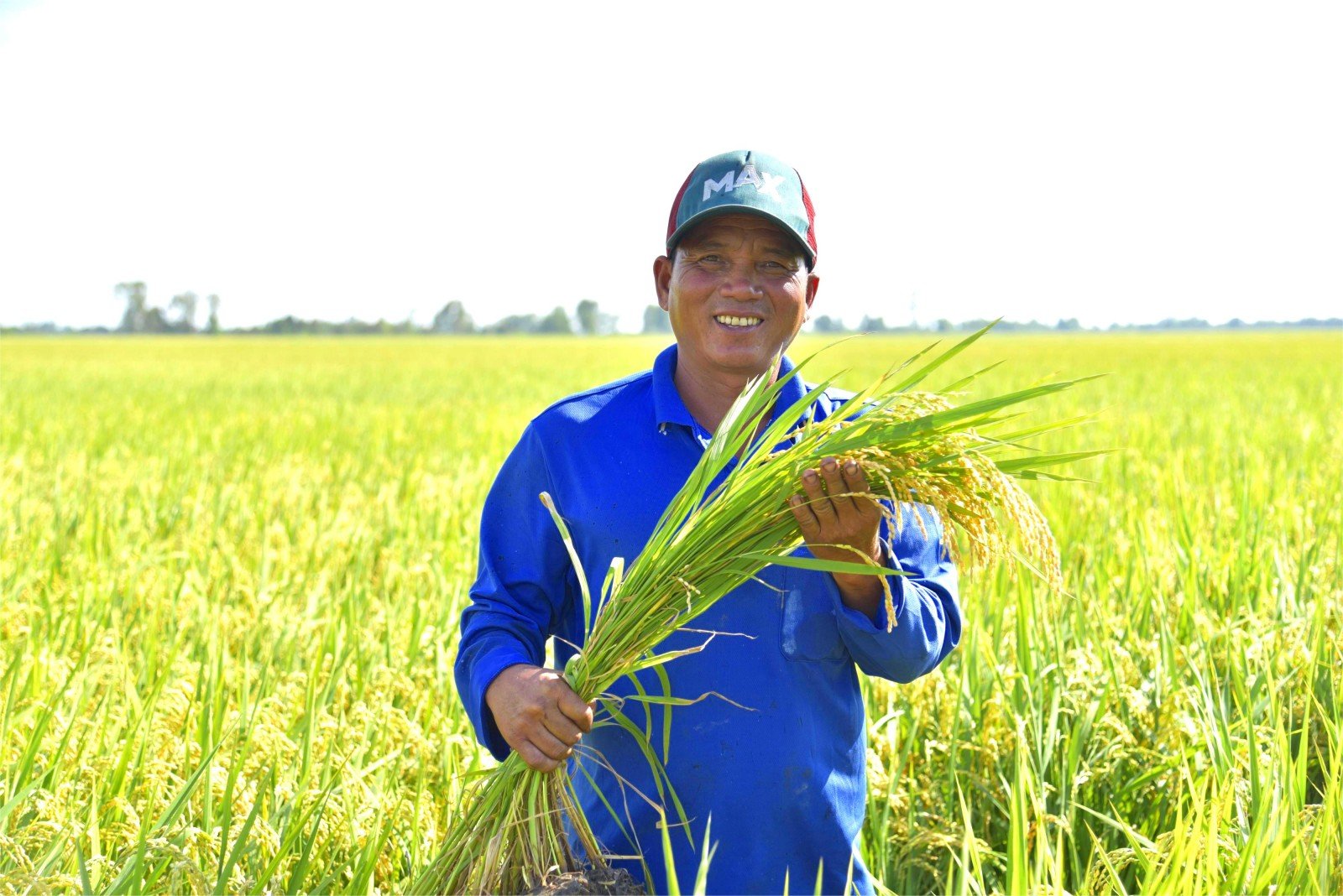
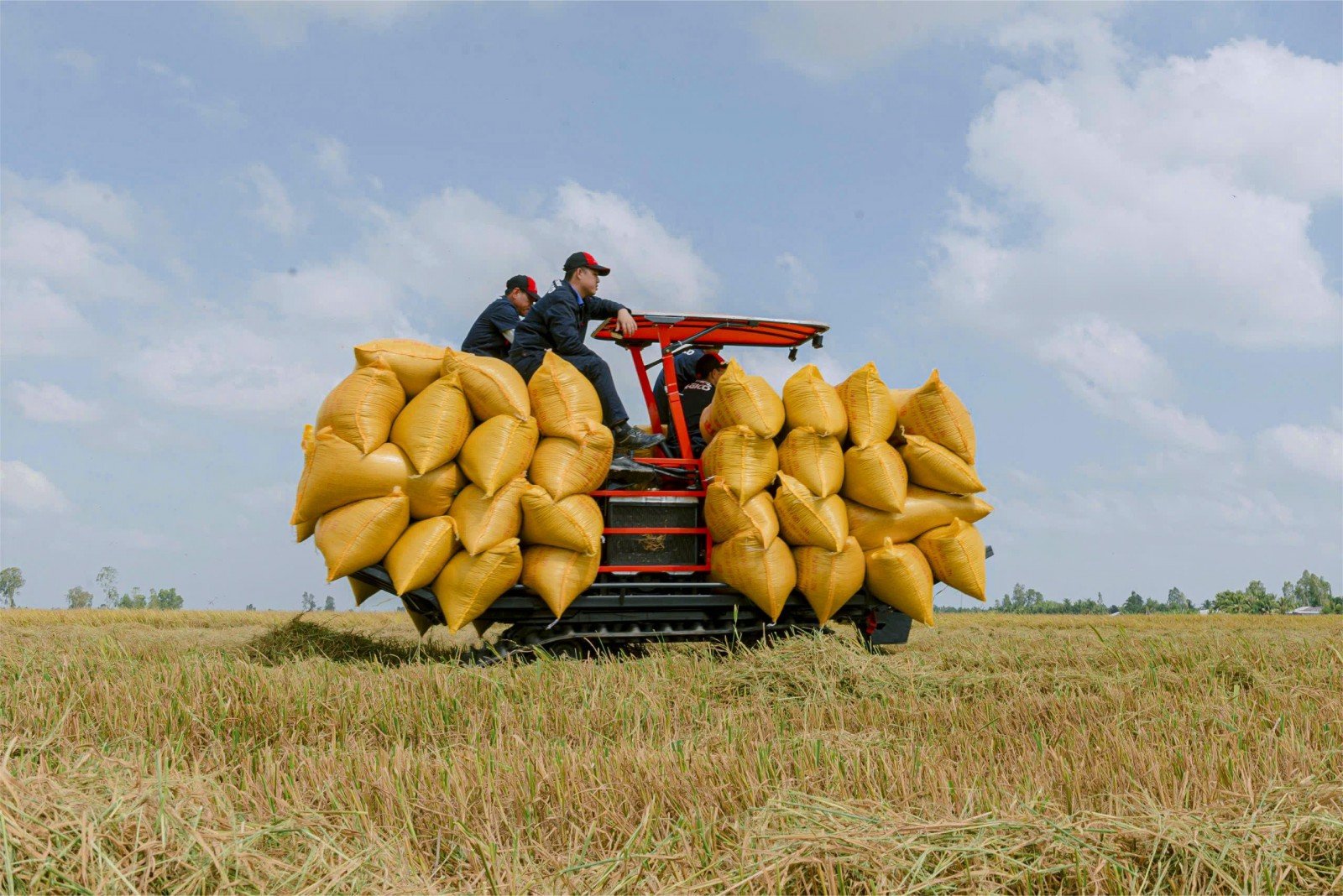
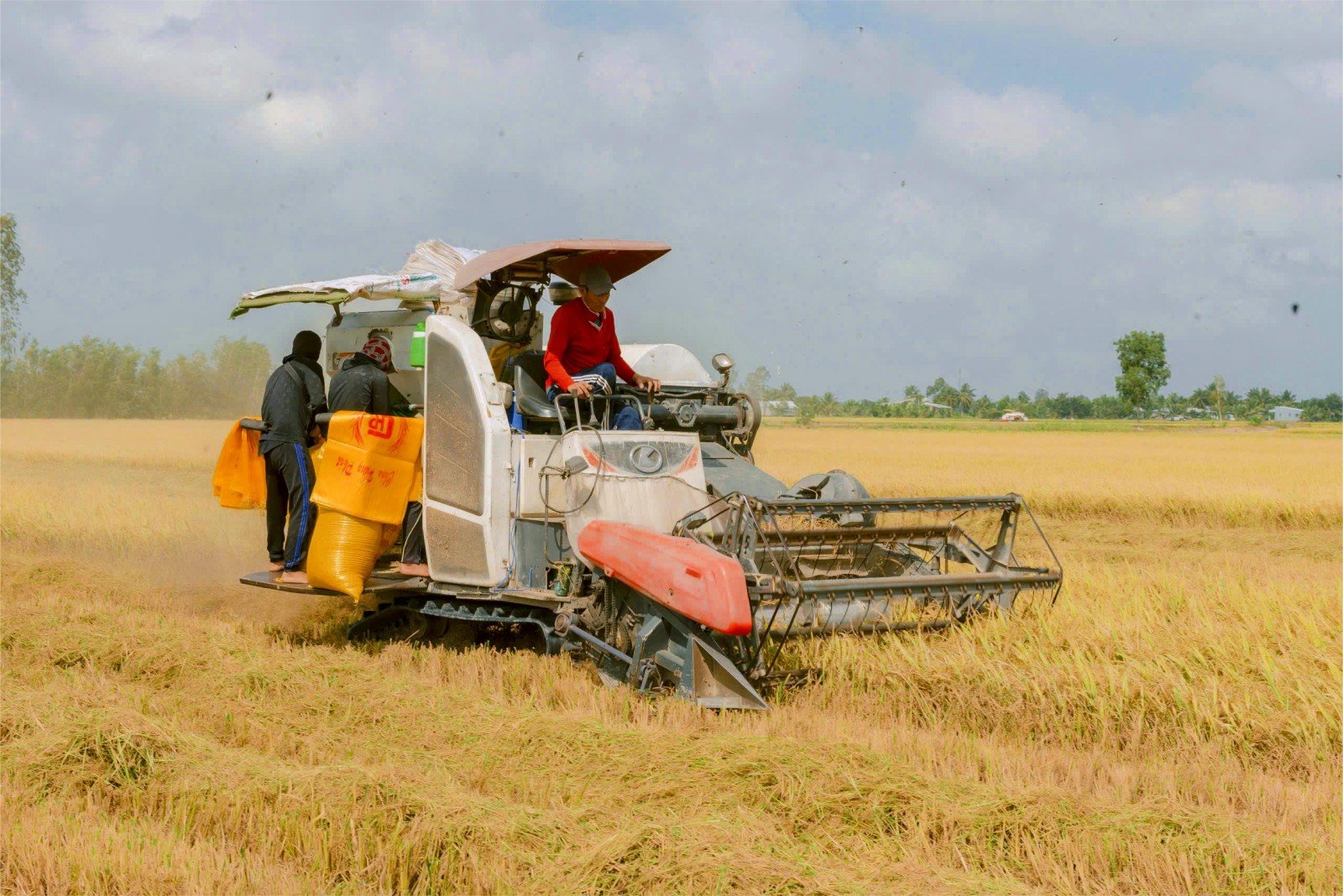
![[Photo] Hanoi morning of October 1: Prolonged flooding, people wade to work](https://vphoto.vietnam.vn/thumb/1200x675/vietnam/resource/IMAGE/2025/10/1/189be28938e3493fa26b2938efa2059e)

![[Photo] Keep your warehouse safe in all situations](https://vphoto.vietnam.vn/thumb/1200x675/vietnam/resource/IMAGE/2025/10/1/3eb4eceafe68497989865e7faa4e4d0e)

![[Photo] President of the Cuban National Assembly visits President Ho Chi Minh's Mausoleum](https://vphoto.vietnam.vn/thumb/1200x675/vietnam/resource/IMAGE/2025/10/1/39f1142310fc4dae9e3de4fcc9ac2ed0)

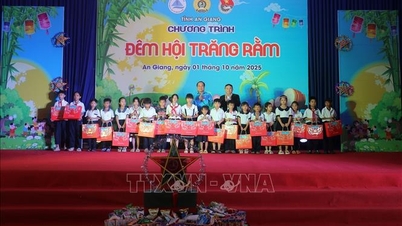

![[Infographics] An Giang Agriculture 2020-2025: Stable growth, quality transformation](https://vphoto.vietnam.vn/thumb/402x226/vietnam/resource/IMAGE/2025/10/1/bf3a77ba3a0243a697e5253ed4cd6f9c)
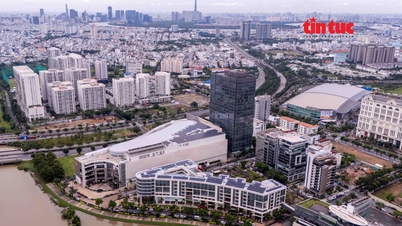
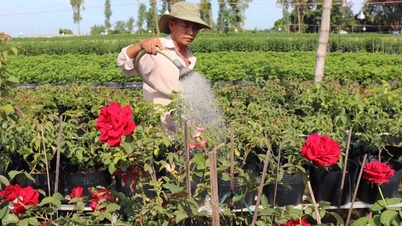
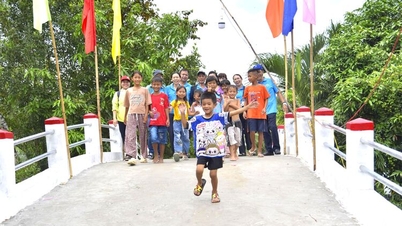
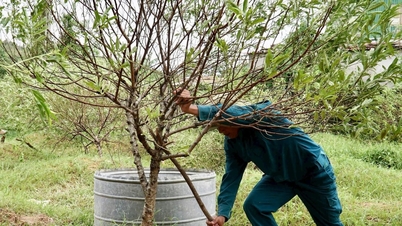







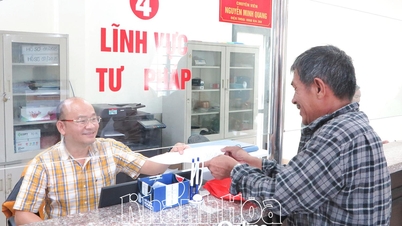

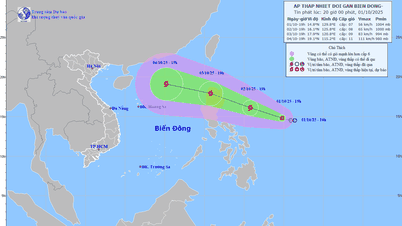








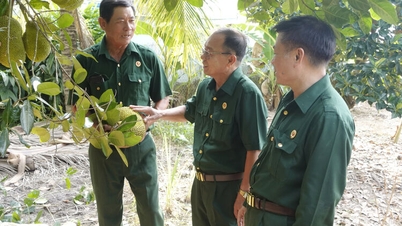
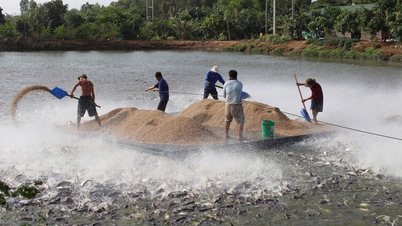
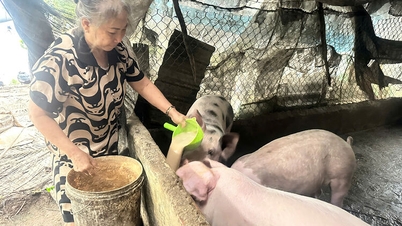
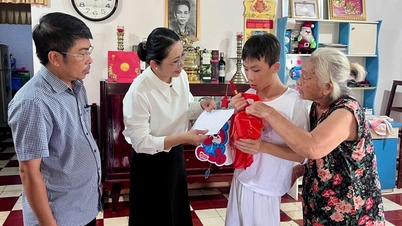
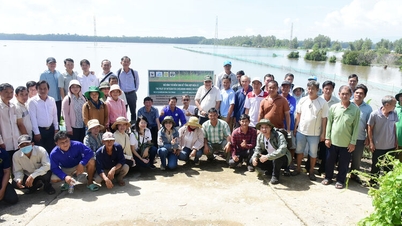



























































Comment (0)